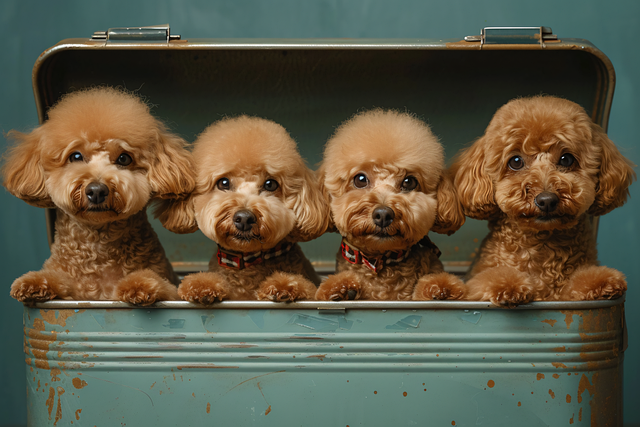
How does CBD affect puppies
Imagine you’re a new puppy parent in New York City, scrolling through social media while your 12-week-old golden retriever pup, Milo, chews on a shoe.
Watching your new Boston Terrier pup, Luna, lap enthusiastically at her bowl after a romp in your Seattle backyard, you might wonder: Exactly how much water does she actually need? It’s a smart question! Getting hydration right is crucial for your puppy’s health, but unlike kibble portions, water isn’t always measured in neat cups. Let’s break down the science behind puppy sips.
The golden rule from veterinary nutritionists is simple: puppies generally need about ½ to 1 ounce of water per pound of body weight daily. So, if your 10-pound Beagle mix, Buddy, weighs about 4.5 kg, he’ll need roughly 300ml to 600ml (that's 0.3 to 0.6 litres) spread throughout the day. But this isn't set in stone! Hot days chasing squirrels in Atlanta parks, kibble type (dry food needs more water), or even growth spurts significantly increase needs. Puppies have faster metabolisms and less efficient kidneys than adults, making steady hydration vital for organ function and preventing dangerous dehydration. Always ensure fresh water is available – restricting it risks serious health issues and undermines house-training.
So how do you monitor puppy water intake without hovering 24/7? Start by knowing the baseline. Measure the water you put in the bowl each morning and track how much is left at bedtime for a few days. Notice patterns: does Luna gulp after naps? Sip lightly during chew sessions? Use a consistent bowl placed away from high-traffic areas (like that bustling New York apartment kitchen) to minimize spills. If intake drastically increases or decreases suddenly – say, little Luna suddenly draining her bowl constantly or ignoring it altogether – it’s vet time. This proactive tracking is far more effective than rigid limits and helps spot health issues early.
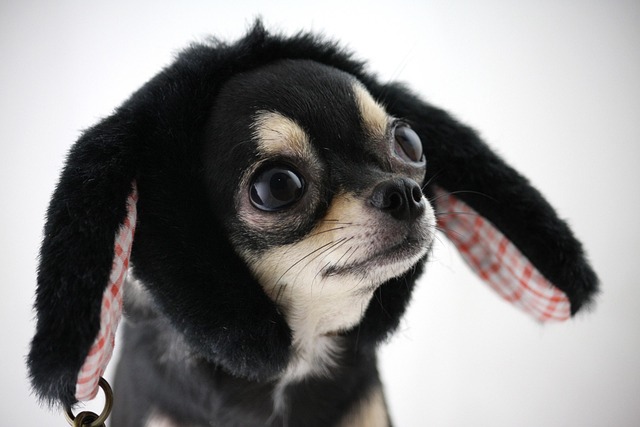
Managing this water intake smoothly ties directly into apartment puppy potty training. More water equals more potty breaks! Establish a predictable schedule: out immediately upon waking, 15 minutes after meals/drinks, after play, and before crating. Living in a 3rd-floor walkup in Chicago? Factor in elevator time – accidents often happen during the frantic scramble downstairs. Carry high-value treats (tiny cheese bits work wonders!) for immediate positive reinforcement training when they potty outside. Never punish accidents indoors; yelling or rubbing their nose isn’t just culturally frowned upon in modern US pet care (and ineffective!), it can create fear of peeing in front of you, even outside. Celebrate successes enthusiastically!
Responsible hydration also means responsible cleanup. Those extra potty breaks mean more trips to the shared courtyard or local sidewalk. Always carry biodegradable bags – scooping poop isn't just polite; it’s legally required in virtually every US city and county to prevent parasite spread and protect waterways. Be mindful of community etiquette: avoid letting your pup relieve themselves right outside a neighbor’s door in your apartment complex or on manicured public gardens. Keep up with vaccinations too; core vaccines like rabies are legally mandated across the US and essential for puppy classes or dog parks. Ultimately, focus on providing free access to fresh water, monitoring trends, pairing intake with a consistent potty routine using positive methods, and respecting your local community rules. Trust your pup’s instincts and partner with your vet – they’ll help ensure Luna grows up happy, healthy, and perfectly hydrated.

Imagine you’re a new puppy parent in New York City, scrolling through social media while your 12-week-old golden retriever pup, Milo, chews on a shoe.
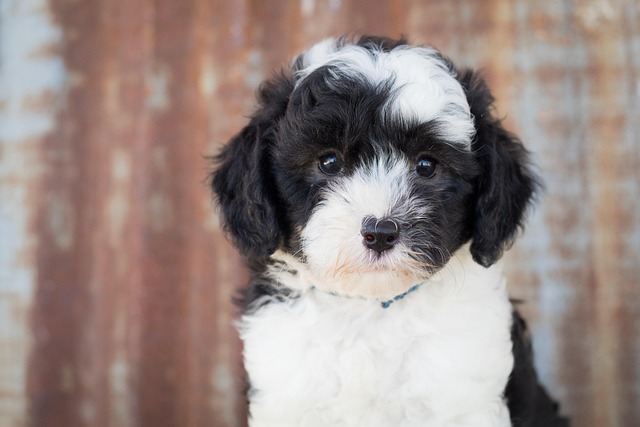
Picture this: your Labrador, Luna, just delivered six squirming puppies in your Chicago apartment. Overwhelmed by their tiny whimpers
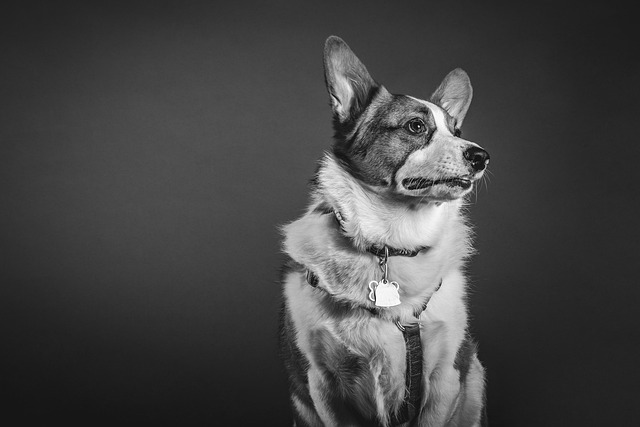
Nothing breaks your heart faster than seeing your usually energetic pup curled up, refusing treats and whining in discomfort.
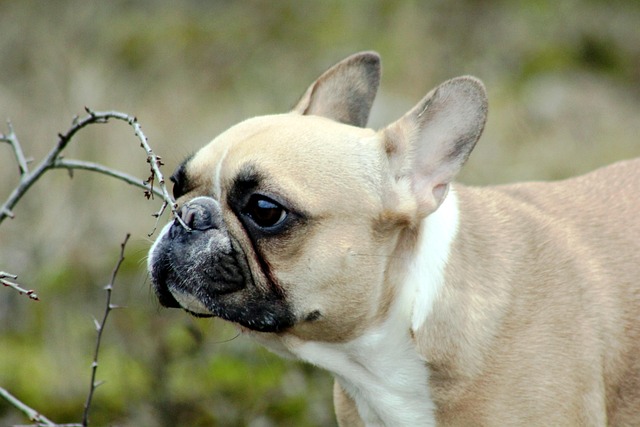
Finding a thin layer of short dog hair on your couch, clothes, and even in your morning coffee can be frustrating. While shedding is a natural process for dogs, there are ways to minimize it and keep your home a bit more fur-free.
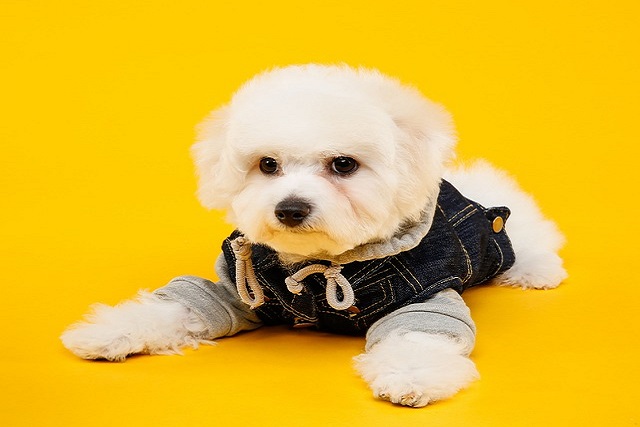
Imagine coming home to your Boston apartment after a quick errand to find your 1-year-old rescue mutt, Milo, has chewed through your favorite sneakers and left a puddle by the door
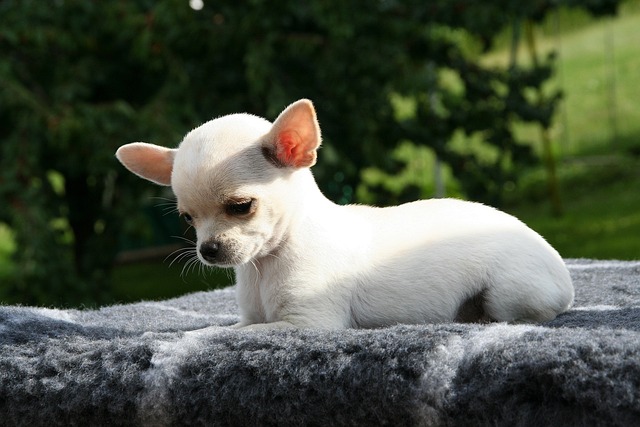
You’ve just received a noise complaint from your Brooklyn apartment neighbor: your rescue Lab, Charlie, howled relentlessly for two hours after you left.